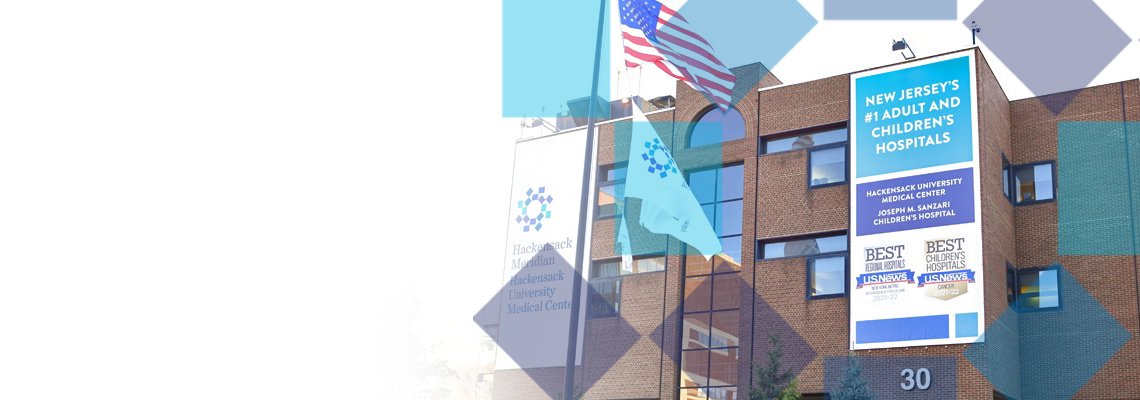Program Details
Office Service Rotations
Residents participate in rotations in anesthesia, medicine, emergency medicine and private offices. Residents also participate in Children’s Dental Health Month in February and in Oral Cancer Screening Month in April.The anesthesia rotation will be a two week rotation consisting of five days of anesthesia experience per week in the operating room under the supervision of a staff anesthesiologist and OR with a Dental attending staff when possible.
The medicine rotation is a two week rotation. During the rotation, the resident will rotate on the medical service under the supervision of attending physicians and senior medical residents.
The private office rotation is a one week rotation where the resident will become familiar with practice and patient management, office scheduling, employee relations, financial management, supply and lab expenses and keeping an inventory i.e. how to run a private office.
Dental residents will receive didactics and perform the following disciplines:
- Residents “clear dentally” patients scheduled for cardiac surgery, head and neck radiation, stem and bone marrow therapy, organ transplantation and general in house medical patients requiring urgent dental care.
- Resident’s perform consultations for patients in all hospital departments.
- Fixed prosthodontics – crowns, bridges, laminates, bonding, inlays, onlays and a demonstration in cerec.
- Removable prosthodontics – dentures, partials and over-dentures.
- Cosmetics dentistry laminates, bleaching.
- Demonstration on Botox.
- Lectures on implants and table clinics to practice placing and restoring implants. Then placing and restoring implants for patients.
- Periodontics – Lectures on the diagnosis, etiology, classification and treatment – Periodontal scaling and root planning, flap surgery, bone augmentation and guided tissue regeneration.
- Endodontics – Lectures and table clinics on rotary endo. Treating molars for patients with rotary endo. Assisting and performing apicoectomies.
- Pedodontics – Lectures, pulpotomies, stainless steel crowns, behavior management.
- Orthodontics – Lectures – basic and Invisalign; Bracketing full cases and maintenance.
- Oral and maxillo-facial surgery and trauma.
- Incision and drainage (I&D) and infection management.
- Operating room admission and general dentistry and oral and maxillo-facial surgery.
- Treat dental, oral and maxillo-facial injuries including splinting for avulsed teeth.
- Evaluate physical status and appropriate uses of local or general anesthesia.
- Nitrous oxide lectures and demonstration and patient treatment by residents.
- Oral medicine, oral pathology and biopsies.
- TMD and TMJ – lectures, splints, differential facial pain diagnosis.
- Managing the medically complex and the medically compromised patient.
- Lectures on medical emergencies in the dental office.
- Special needs patients.
- Pharmacology
- Rotations- Anesthesia, Medicine, Emergency Room, and Private Offices.
- Dental materials
- Ethics
- Practice management – running a private practice, personal financial planning for the practitioner, chart audits, journal club and case presentations by the resident; treatment planning seminars (treatment plans are signed by an attending and followed through by the resident.)
- “After” the Residency- Further education associateships, partnerships, buy-ins, corporations, yes, no types.
- Insurances- Self and patient’s
- Departmental meetings
Can and will be provided at the hospital.
- BLS – CPR: Basic Life Support (necessary)
- ACLS: Advanced Cardiac Life Support (necessary)
- PALS: Pediatric Advanced Life Support
- ITLS: International Trauma Life Support
- ALTS: Advanced Trauma Life Support
Residents receive a full departmental manual and a full departmental orientation before beginning. They also receive correspondence on everything needed to become a resident.
Residents receive hospital orientation, E-learning, EPIC training (the hospital’s computer system), and Dentrix training (the dental center’s computer system).
Residents must attend departmental meetings which are held every other month.
The program accepts eighteen residents – nine starting July 1st and nine starting August 1st. This overlap allows “buddy” type systems where one group can assist the other.
The on call schedule is approximately every eighteen days, with a second resident on call to help when necessary.
A resident’s benefits include:
- Salary
- Parking
- Meal tickets
- Liability insurance
- Vacations
- Holiday party
- Graduation luncheon

